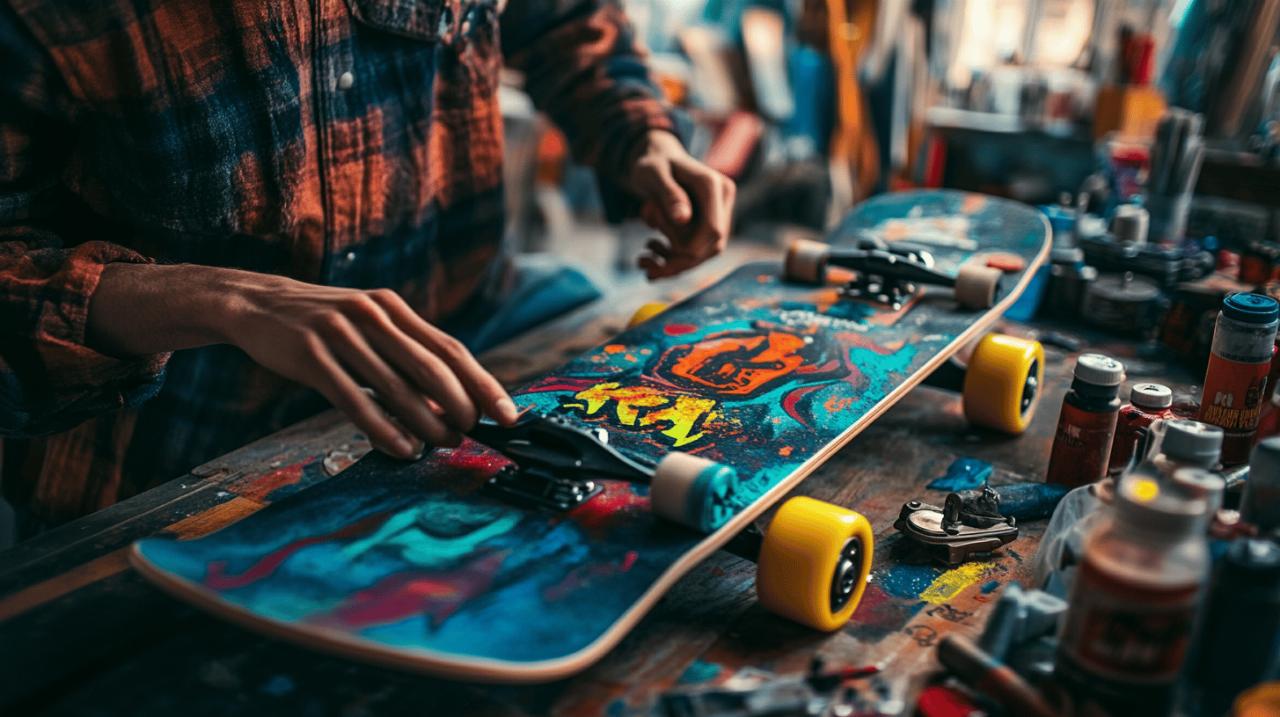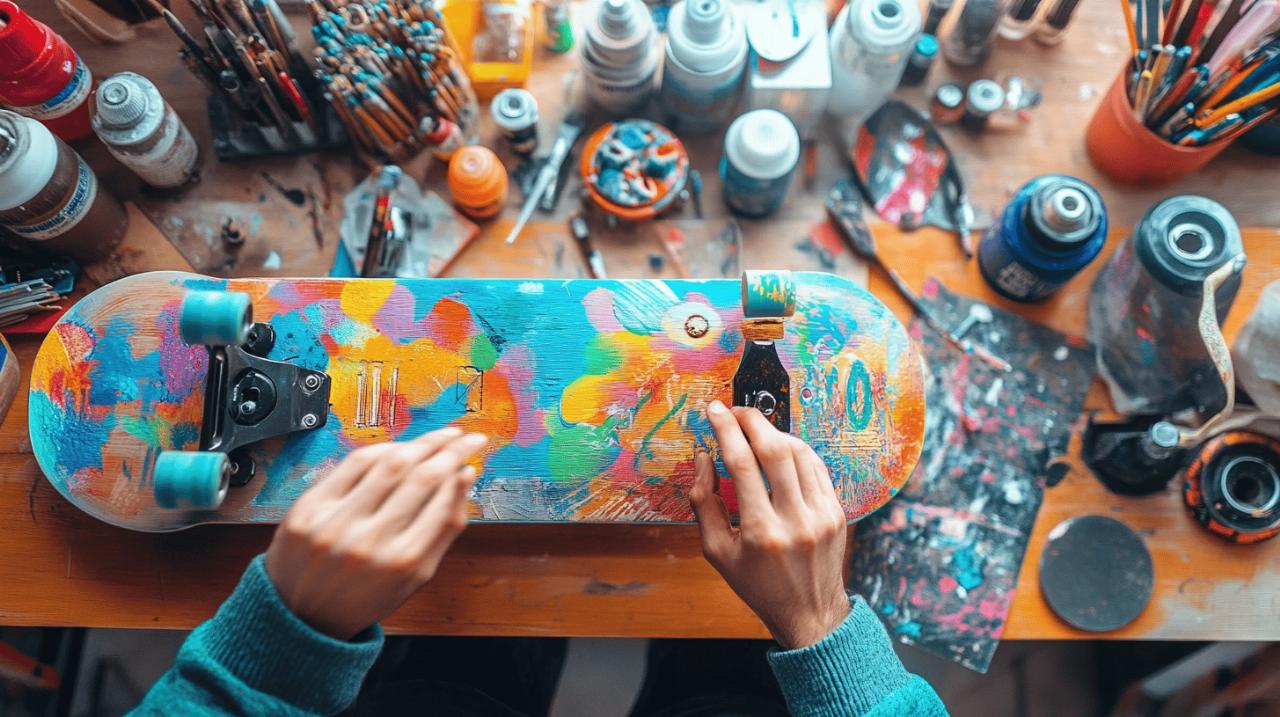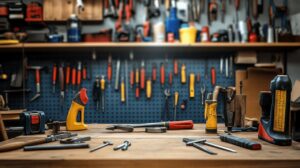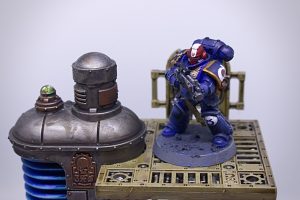The electric skateboard has swiftly evolved from a niche curiosity into a popular mode of urban transport, offering riders an exhilarating blend of speed and convenience. As these boards become more commonplace on city streets and coastal paths, the desire to personalise and distinguish one's ride has grown correspondingly. Customisation allows riders to transform a mass-produced board into a reflection of their individual personality, riding style, and aesthetic preferences, ensuring that no two boards are quite the same.
Personalising your deck: from canadian maple to custom paint jobs
Selecting Quality Materials and Construction for Durability
The deck serves as the foundation of any electric skateboard, and its quality directly influences the board's overall performance and longevity. When considering customisation or replacement, the choice of materials is paramount. Canadian maple remains a favoured option among riders, prized for its exceptional durability and the responsive feel it provides during a ride. The construction of the deck also warrants careful attention, as the number of layers directly correlates with the board's sturdiness and ability to withstand the rigours of daily use. A deck composed of multiple layers generally offers a more robust platform, capable of enduring the vibrations and stresses encountered on varied terrain. Riders should also consider the intended user of the board, as certain custom builds may not be suitable for younger or less experienced riders who require a more stable and forgiving setup.
Creative painting techniques and pattern design using tape
Once a quality deck is secured, the true artistry of customisation begins with the application of paint and design. A fresh coat of paint can entirely transform the appearance of a skateboard, allowing riders to express their creativity and personal flair. One particularly accessible technique involves using masking tape to create striking patterns and geometric designs. By carefully applying tape in various configurations before painting, riders can achieve crisp lines and bold contrasts that would be difficult to replicate freehand. More adventurous customisers might explore advanced techniques such as hydrodipping, which involves transferring intricate patterns onto the deck using a water immersion process, or powder coating, which provides a durable and vibrant finish. These methods, while requiring more specialised equipment or professional services, can yield truly unique and eye-catching results that set a board apart from the standard offerings available in shops.
Upgrading Wheels and Trucks: Tailoring Performance and Aesthetics
Choosing the Right Wheel Compound and Colour for Your Terrain
Wheels represent another critical area where customisation can have a profound impact on both the appearance and performance of an electric skateboard. Riders can select from a diverse range of colours, sizes, and compounds to suit their specific needs and preferences. Some enthusiasts opt for vibrant hues to make a bold visual statement, whilst others prioritise the performance characteristics that different wheel compounds offer. A softer compound, for instance, is ideal for navigating rough urban terrain, providing better grip and a smoother ride over cracks and uneven surfaces. Conversely, harder compounds tend to offer greater speed on smooth surfaces but may sacrifice some comfort. The diameter of the wheels also plays a role, with larger wheels generally providing better roll-over capabilities for obstacles and a higher top speed, though they may slightly reduce acceleration. For those who frequently venture off paved paths, all-terrain tyres offer enhanced traction and stability on grass, dirt, and gravel.
Fine-Tuning Truck Angles and Widths for Optimal Handling
The trucks, which connect the wheels to the deck and facilitate turning, are often overlooked but can dramatically alter the riding experience when customised. Experimenting with different truck angles and widths allows riders to fine-tune their board's turning responsiveness and overall stability. A board set up with looser trucks and a steeper angle will carve more fluidly and responsively, making it ideal for riders who enjoy weaving through urban environments or executing tight turns. Conversely, tighter trucks and a shallower angle provide greater stability at high speeds, which is preferable for those who enjoy bombing hills or commuting on long, straight routes. Adjusting the width of the trucks can also affect the board's handling characteristics, with wider trucks offering more stability but potentially sacrificing some manoeuvrability. The motor mount, which attaches the motor to the truck, can also be customised or fabricated from materials such as aluminium to ensure a secure and reliable connection.
Advanced modifications: battery, motor, and bearing enhancements
Extending Range and Boosting Power with Compatible Upgrades
 For riders seeking to push the boundaries of performance, upgrading the battery and motor represents a more technical but highly rewarding avenue of customisation. Swapping out the standard battery for a higher-capacity alternative can significantly extend the board's range, allowing for longer commutes or more ambitious excursions without the anxiety of running out of power. Lithium polymer batteries, commonly referred to as LiPo batteries, are popular among DIY enthusiasts for their high power output, though they require careful management and monitoring to ensure safety. An alternative is lithium iron phosphate batteries, which offer a more stable and safer chemistry, albeit with slightly lower energy density. When it comes to motors, upgrading to a more powerful unit can provide increased speed and acceleration, transforming the riding experience. Some custom builds even incorporate multiple motors, such as the three-thousand-watt setups seen on certain high-performance boards, though such modifications demand a thorough understanding of the electrical system and a commitment to safety. The electronic speed controller, which regulates the motor's power delivery, must also be compatible with any upgraded components, and regenerative braking systems can be integrated to recapture energy during deceleration, further extending the board's range.
For riders seeking to push the boundaries of performance, upgrading the battery and motor represents a more technical but highly rewarding avenue of customisation. Swapping out the standard battery for a higher-capacity alternative can significantly extend the board's range, allowing for longer commutes or more ambitious excursions without the anxiety of running out of power. Lithium polymer batteries, commonly referred to as LiPo batteries, are popular among DIY enthusiasts for their high power output, though they require careful management and monitoring to ensure safety. An alternative is lithium iron phosphate batteries, which offer a more stable and safer chemistry, albeit with slightly lower energy density. When it comes to motors, upgrading to a more powerful unit can provide increased speed and acceleration, transforming the riding experience. Some custom builds even incorporate multiple motors, such as the three-thousand-watt setups seen on certain high-performance boards, though such modifications demand a thorough understanding of the electrical system and a commitment to safety. The electronic speed controller, which regulates the motor's power delivery, must also be compatible with any upgraded components, and regenerative braking systems can be integrated to recapture energy during deceleration, further extending the board's range.
Improving Speed and Roll Efficiency with Premium Bearings
Whilst often considered a minor component, bearings play a crucial role in the overall efficiency and smoothness of an electric skateboard. Upgrading to higher-quality bearings can result in noticeable improvements in speed and roll efficiency, allowing the board to glide more effortlessly and maintain momentum with less effort from the motor. Premium bearings are typically constructed from more durable materials and feature superior seals to protect against dirt and moisture, ensuring consistent performance over time. The difference may seem subtle, but for riders who cover significant distances or value a refined riding experience, the investment in quality bearings is well worth the modest cost. Additionally, well-maintained bearings contribute to a quieter ride, reducing the noise generated by the wheels as they spin.
Budgeting and bespoke touches: creating your unique electric skateboard
Setting a Budget and Sourcing Quality Parts at Fair Prices
The cost of customising an electric skateboard can vary dramatically depending on the scope of the modifications and the quality of the parts selected. Establishing a clear budget at the outset is essential to avoid overspending and to ensure that resources are allocated to the most impactful upgrades. Building a board from scratch can often be more economical than purchasing a high-end consumer model, with some DIY builds coming in at a fraction of the cost of branded boards that retail for well over a thousand pounds. However, it is crucial to balance cost savings with quality, particularly when it comes to safety-critical components such as batteries, motors, and electronic speed controllers. Researching different suppliers and comparing prices across various platforms can help riders find the best deals without compromising on reliability. Online marketplaces and specialised retailers often offer a wide selection of parts, and some enthusiasts recommend sourcing components from reputable suppliers such as alienpowersystem.com, which provides power kits and related accessories. For those looking to save money, purchasing second-hand parts or opting for single motor setups rather than dual configurations can reduce costs whilst still delivering satisfactory performance for commuting and moderate hill climbing.
Expressing your style through custom charging ports and design elements
Beyond the major components, the smaller details and finishing touches are where a rider's personality truly shines through. Custom grip tape, for instance, can be designed with unique patterns or graphics that reflect personal interests, whether inspired by surf culture, musical instruments, or abstract art. Some riders commission bespoke designs from professional grip tape artists, whilst others take a do-it-yourself approach using stencils and spray paint. Lighting is another popular customisation, with LED strips and ShredLights adding both functionality and visual flair to the board, particularly for evening rides. Underglow lighting, which illuminates the underside of the deck, creates a striking effect that turns heads on the street. One often-overlooked area ripe for personalisation is the charging port. Whilst this may seem a minor detail, a bespoke charging port design can add a distinctive touch that sets a board apart. Custom enclosures, which house the battery and electronics, can also be fabricated or modified to improve aesthetics and protection. These enclosures can be painted, hydrodipped, or finished with powder coating to match the overall colour scheme of the board. Additional accessories such as bash guards protect the board's undercarriage from damage, whilst coloured dust caps and hubs add splashes of colour to the wheels. For riders who enjoy tinkering with electronics, soldering custom connections and using a multimeter to ensure proper voltage and continuity can provide a deeper sense of accomplishment and understanding of the board's inner workings. Ultimately, the process of customising an electric skateboard is as much about the journey as the destination, offering riders the opportunity to learn new skills, express their creativity, and build a ride that is truly their own.





